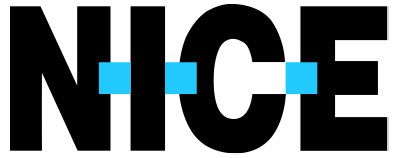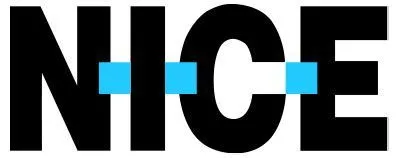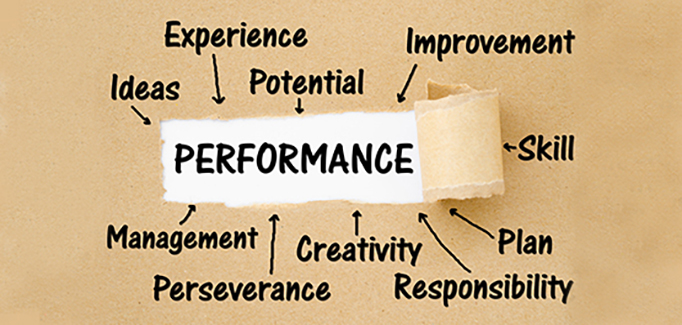Organizations can train and incentivize employees until the cows come home and still not achieve the performance goals they desire. Furthermore, employees may be trying their best to meet KPI goals and receive the promised rewards, yet they still fall short and are not sure how or what to change. In situations like these, performance coaching can make all the difference.
Performance Coaching in a Nutshell
Performance coaching is a management technique whereby a manager and employee engage in a series of conversations, one-on-one tutoring, and skill development in order to enhance employee performance and professional growth in the company. Performance coaching in the workplace borrows many of the best practices that work in sports, where coaches work individually with athletes to help them cultivate the skills and performance levels that are essential to their success.
In a nutshell, the idea behind performance coaching is to set aside time to analyze where an employee is at present; to decide where the employee wants to be in terms of skills and performance, and to establish a workable plan to achieve that growth.
Performance Coaching is Personal
Performance coaching can be more effective than training courses and online learning because each coaching plan for each “coachee” is individual and tailored to the employee. Successful performance coaching sets realistic objectives that can be implemented immediately, so employees can start practicing and seeing results right away. Based on continuous feedback, coaches and employees can track their progress and make adjustments as needed.
Performance Coaching Program
While performance coaching programs are personal, they almost always include a number of key steps and elements.
- Step 1: Initiate a performance coaching agreement with key stakeholders
The key stakeholders in any coaching program are the coach, the employee who is being coached, and the organization that is supporting the coaching program. Getting started requires all parties to agree upon the ground rules and guidelines for the coaching engagement. Both employee and manager should understand what they expect to gain from the coaching sessions. The coach needs to understand confidentiality requirements of the coaching relationship, such as what information shared between coach and coachee can be reported to management and what cannot.
Coaches should be chosen with care as their role is pivotal. Coaches must exhibit the ability to build trust; to define issues clearly in an unbiased manner; to cut through personal fear, worries or other issues that often interfere with performance; and to devise a workable plan of action and feedback that will advance the coachee to the next level.
- Step 2: Assess current performance of the coaching participant
Since the goal is to improve performance, the coach must have some baseline by which progress is measured. Hence, performance coaching starts with an analysis of the coaching participant’s current job performance. Assessment information may be gathered from formal performance reviews; from interviews with key stakeholders, supervisors, and co-workers; and by observing or shadowing the coaching participant on the job. In addition, the coach will gather information directly from the coachee, using questionnaires and personal interviews designed to understand the work history, personal goals and perceived obstacles to achieving those goals. A comprehensive assessment is critical to designing a personal coaching and development plan that works.
- Step 3: Define performance coaching objectives and create a plan of action
The initial assessment of employee performance may reveal a number of areas for improvement. Rather than shoot in all directions simultaneously, good coaches know to identify the top 2 or 3 objectives for the coaching relationship. Performance and/or behavior goals should be concrete, measureable, achievable and results-based, with built-in milestones and frequent opportunities for feedback. Designing objectives and performance metrics up front assures that all stakeholders are on the same page and the expected ROI is known.
- Step 4: Commence performance coaching!
It’s time to put the carefully designed coaching plan into action. Formal coaching sessions begin whether in person or online, accompanied by daily communication between coach and coaching participant. Managers or other stakeholders may participate in coaching sessions when appropriate or may be involved in the participant’s action items. Typically, coaching sessions end with agreed-upon assignments to be completed before the next session. In addition, the coaching participant fills out a feedback form after every coaching session. Honest feedback helps keep the performance coaching plan on track, and to evaluate progress and benefits from the participant’s perspective.
- Step 5: Review, provide feedback and follow up
Coaches must also provide feedback at regular intervals and informally throughout the performance coaching process. While the frequency of reviews and feedback sessions are set in the performance coaching plan, best practice recommends a formal review every month. Scheduled review sessions might focus on KPI metrics and progress reports from managers to identify what changes have taken place and what still needs improvement. Informal feedback might include a spontaneous, hands-on tutoring session to help the participant over a particular hurdle or simply an encouraging email on a job well done.
At the end of the coaching engagement, a final review takes place during the last formal coaching session. Coach, coachee and other stakeholders meet to summarize the progress that was made, whether goals were achieved, lessons learned, and what if any follow up action is required. Follow up actions may include a plan for ongoing support and resources needed by the employee to continue along the path of improvement, or additional coaching sessions at less frequent intervals.
Performance Coaching helps to develop the full potential of human resources
Performance coaching isn’t just for employees who aren’t meeting their KPIs. Performance coaching is a highly effective way to help good performers develop the skills and competencies they need to advance to the next level in an organization. Many of the most successful companies invest billions in executive and management coaching each year. Their return on investment comes in the form of specific outcomes that produce measurable business results for the company.
Performance coaching is also a fast and cost-effective way to develop existing talent rather than recruit that talent from outside the company. While the main priority of performance coaching is to achieve specific goals and objectives for the participant, the secondary and equally important goal is to develop the human resources and talent that the organization needs.
If you want to realize the full potential of your human capital, invest in performance coaching.
For further reading check out:
Top Tips for Coaching to Improve Performance in the Workplace
Call Center Coaching: Turn Agent Potential into Performance



